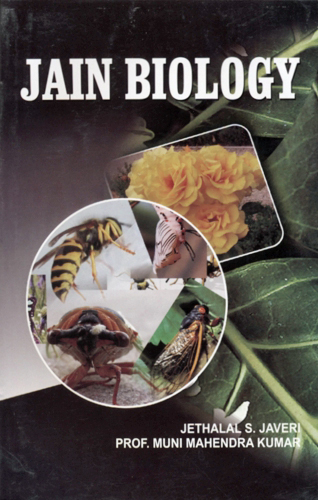They are of two classes:
- Fruits of which have a single seed—agaṭṭhiyayā—e.g. mango.
- Fruits of which have multiple seeds—bahubīyagayā—e.g. organge.
(The suffix 'yā' indicates that each of the above two are of many varieties). Then follow the names of thirty-two types of trees, fruits of which have only one seed, some of which are quite common, e.g. Neem, Mango, Jāmun, Walnut, Myrobalans, etc. however, the more significant informtion comes thereafter:
Roots of these trees have innumerable souls.
The trunk and each of its branches, twigs, leaves has one soul.
Each flower has many soul; each fruit has one soul.
Similarly trees of which the fruits yield many seeds are also of many types. Then follow the names, some of which, such as Banyan tree, are well known.
As in the previous case, the roots of these trees have innumerable souls.The trunk and each of its branches, twigs, leaves, etc. has one soul. Each flower has many souls; each fruit has as many souls as the number of seeds. This completes the treatment of the trees.
Then follows all the eleven other types of plants, viz. shrubs, grasses upto kuhaṇas—Mushrooms. The style of dissertation is similar in all these cases and apart from giving several typical names of the plants of each type, there is nothing very significant. A simile of a sweet preparation called tilpāpaḍī in which hundreds of individual tils appear to become integrated without losing their individuality, illustrates how innumerable souls could inhabit a small part of a plant.
To a specific query- Which are the trees of which the trunk and each leaf has a single organism? The answer given is—tāla, sarala, and coconut tree and it is added that these are only typical names and all similar trees would have the same characteristics. But the trunks of all trees should not be taken as single organism because the trunks of some trees are also with innumerable organisms (khandhā vi asaṃkheyā jīviyā). What is said about the trunk, also applies to all the other parts ol the plant. This concludes the dissertation of individual-bodied plants.
 Jethalal S. Zaveri
Jethalal S. Zaveri
 Prof. Muni Mahendra Kumar
Prof. Muni Mahendra Kumar

